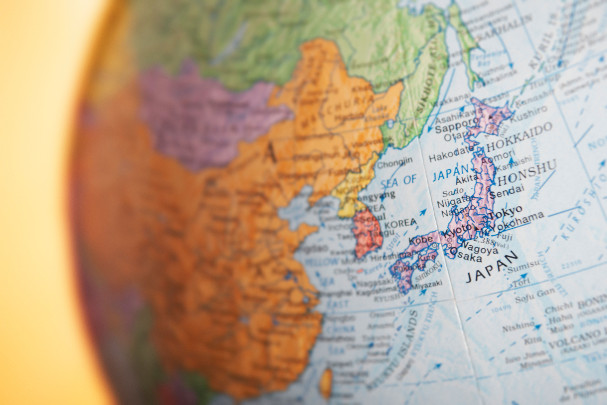
Credit: moodboard / Alamy Stock Photo
Japan shakes up research funding system
An overhaul of Japan’s competitive grants programme could revive the country’s international science standing.
1 August 2017

moodboard / Alamy Stock Photo
Japan is making changes to its largest competitive grants scheme amidst growing fears of the country’s sliding global scientific status.
Reforms to the Grants-in-Aid for Scientific Research programme, known as kakenhi, are designed to encourage scientific innovation and creativity, according to officials.
The changes are being implemented by the Japan Society for the Promotion of Science (JSPS), under the umbrella of the Ministry of Education, Culture, Sports, Science and Technology (MEXT), and will come into effect in the next round of grants, announced in September 2017.
The last major overhaul of the programme was half a century ago, says Satoshi Yamamoto, a physicist at the University of Tokyo and a senior programme officer in the JSPS Research Center for Science Systems.
Japan’s contribution to scientific publications and its investment in research are faltering. Between 2005 and 2015, the country’s relative share of articles published in the Web of Science fell from 8.4% to 5.2%, as the output of its neighbours, China and South Korea, rose.
Japan’s contribution to high-quality research papers has also fallen in absolute and relative terms, from a weighted fractional count (WFC) of almost 3,500 in 2012 to nearly 2,800 in 2016 — a 1% dip in its global share, from 6.8% to 5.7%.
These declines correlate with a period of fairly flat government spending on research and development, hovering around 3.5 trillion yen (US$30 billion) since 2001.
The 2016 budget for the Grants-in-Aid programme was close to 230 billion yen (US$2 billion). Changes to the scheme are aimed at giving researchers more freedom by broadening the scope of evaluation panels. Under the current kakenhi system, new panels are created for new scientific fields, which limits competition between fields, says Yamamoto.
In the new system, panel numbers will be reduced from close to 500 to around 375, which, according to Yamamoto, will lessen emphasis on the field of study as a factor in selecting the best proposals. “Competition strengthens the power of researchers, and eventually that of the science community in Japan,” he says.
Part of the problem, says JSPS president Yuichiro Anzai, was that the grant categories had become so specialized that motivation among researchers to pursue “originality and creativity” was undermined. For the new process, proposal selection will be “predicated on the highest level of respect for researchers’ own free ideas.”
J. B. Brown, an independent researcher at Kyoto University’s Laboratory for Molecular Biosciences, who attended a briefing session on the reforms, says the new panel format will “force applicants to consider the bigger picture.” Brown recently received a Challenging Exploratory Research kakenhi grant for developing a system to predict whether environmental chemicals produced by factories and other facilities are causing unexpected biochemical reactions in human proteins.
Meanwhile, the JSPS will scrap a medium-sized grant category for early-career researchers less than eight years out of a PhD degree, and merge it with other grant categories.
According to Hiroko Nagahara, a fellow of Tokyo Institute of Technology’s Earth-Life Science Institute and deputy director of the JSPS Research Center for Science Systems, this shift will give more young researchers access to small- and medium-sized grants, given their higher success rate in securing kakenhi grants.
While the overall budget for the scrapped category was 6 billion yen (US$54 million), younger researchers will now vie for grants in a pool with at least 30 billion yen (US$270 million) of funds.
A special category for grants of up to approximately 500 million yen (US$4.4 million) will be capped at one grant per applicant to make them available to a larger number of researchers.
